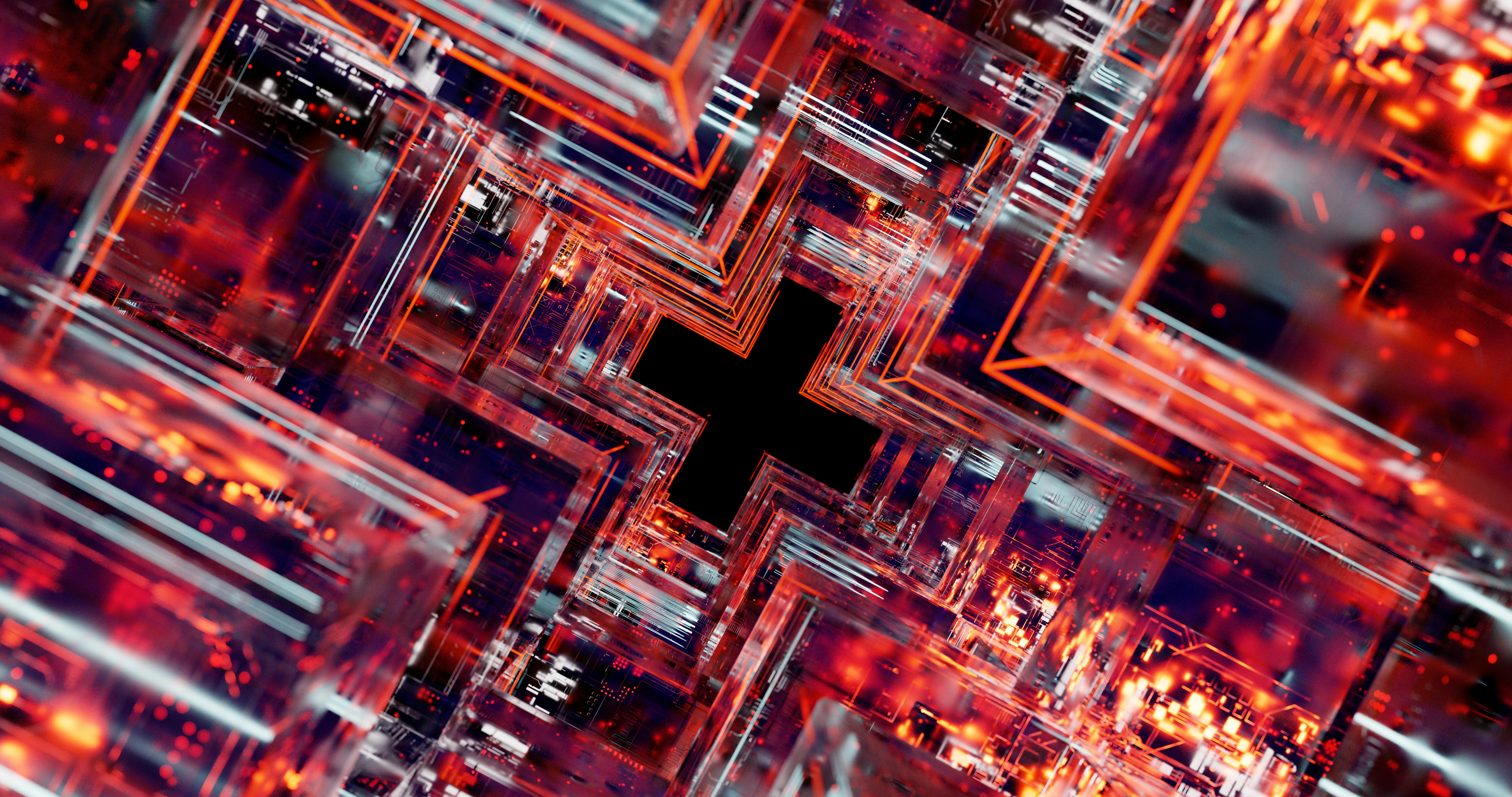"Unraveling the Potential of Photonic Computers"
In a world where faster computing and data processing are the keys to technological advancement, a new player has entered the field: Photonic Computers. Promising speeds unimaginably faster than existing architectures, these machines are poised to redefine our understanding of computing. But what are Photonic Computers, and how do they work? Let's delve into their fascinating world.
The Genesis of Photonic Computing
Photonic computing, or optical computing, is not a new concept. The idea took root in the 1960s when scientists theorized that light, in the form of photons, could replace electrons for computing and data transmission. The premise was simple: since light travels faster than electricity, computers using light could process information at incredible speeds, dwarfing existing architectures. However, the technological limitations of that era meant this concept remained largely theoretical.
The Rebirth of an Idea
Fast forward to the 21st century, where advancements in nanotechnology, optics, and materials science have brought photonic computing back into the realm of possibility. Today, research labs across the world are developing technologies that exploit the properties of light to perform computations. Photonic computers use light particles, or photons, instead of electrons, to perform calculations. Unlike electrons, photons don’t produce heat, which means these computers can operate at much higher speeds without overheating.
Current Developments and Breakthroughs
There have been several significant advancements in this field. For instance, researchers at the University of California, Berkeley, recently developed a photonic switch that can control the direction of light passing through optical fibers faster than ever before. Meanwhile, a team at MIT created a photonic microprocessor, a critical component for building larger, more complex photonic devices.
Photonic Computers and the Market
If photonic computing becomes mainstream, the implications for the tech industry will be massive. Data centers, for example, could operate at much higher speeds and with less energy consumption. Moreover, the estimated price range of photonic computers, while currently high due to the cost of research and development, is expected to decrease as the technology matures and becomes more widespread.
The Future of Photonic Computers
The future of photonic computing looks bright, with potential applications ranging from ultra-fast data processing to sophisticated AI algorithms. However, there are still challenges to overcome, including the integration of photonic components with existing electronic systems and the development of stable, high-performance optical materials. Nevertheless, the promise of photonic computing remains an exciting prospect, heralding a new era of speed and efficiency in the world of technology.
The emergence of photonic computers represents the exciting potential of unexplored technology. As we continue to push the boundaries of computing and data processing, one thing is certain: the future will be faster, more efficient, and, quite literally, brighter.





